The News
Akuity, the company behind the enterprise-ready GitOps platform built on Argo CD, announced new AI capabilities for incident detection, triage, and automated remediation. These updates expand Akuity Intelligence, enabling Kubernetes teams to identify degraded states, centralize context, and resolve issues in minutes. All within the Argo CD interface. Read the full press release here.
Analyst Take
Kubernetes has reached mainstream enterprise adoption, but operational complexity continues to hinder reliability. According to ECI Research and theCUBE Research’s Day 2 Operations Study, 79% of production outages originate from recent system changes, and 65% of workloads are over-provisioned, a signal that scale and stability often come at the expense of efficiency. Akuity’s AI-driven update directly targets these challenges, introducing autonomous troubleshooting and remediation designed to shrink mean time to detect (MTTD) and mean time to resolve (MTTR).
As we have noted, 70% of organizations cite scalability and reliability as their top Kubernetes challenges, while over 60% struggle with fragmented toolchains. Akuity’s approach brings these concerns together under one umbrella, blending Argo CD’s GitOps foundation with AI automation to deliver a more reliable, secure, and automated Kubernetes operating model.
From Manual Firefighting to Autonomous Remediation
Traditional Kubernetes incident response often depends on ad hoc runbooks, manual triage, and deep platform expertise. This slows resolution and creates dependency bottlenecks during critical events.
Akuity’s AI layer could close that gap by enabling the platform to detect drift from healthy states, summarize root causes, and execute remediations automatically or with human approval. The integration with Slack and built-in audit trails keep teams aware while maintaining compliance and governance, which is critical for enterprises that balance automation with oversight.
GitOps Maturity Gets a Machine Learning Boost
Akuity’s foundation in GitOps provides a natural framework for AI augmentation. GitOps principles ensure declarative infrastructure management, version control, and traceability, all of which AI systems can leverage to build context. By combining Argo CD, Kargo, and Akuity Intelligence, the company effectively layers AI observability and automation atop proven continuous delivery workflows.
This approach mirrors a wider industry movement toward AIOps and platform engineering convergence, where developers expect unified dashboards, intelligent diagnostics, and policy-enforced release promotion.
Tackling Kubernetes Incidents
DevOps engineers have had to rely on multiple disconnected tools (monitoring stacks like Prometheus and Grafana, alert routing systems, and manual kubectl commands) to diagnose and fix drift. This workflow created friction between observability, CI/CD, and incident response. Even with automation, much of the remediation remained script-based, brittle, and environment-specific, increasing risk during scaling events or zero-day patching cycles.
By centralizing incident context and embedding remediation in the same interface used for deployments (Argo CD), Akuity simplifies that workflow. Developers no longer need to toggle between observability tools, ticketing systems, and version control; it’s all codified and executable through a single GitOps pipeline enhanced by AI reasoning.
AI as a Reliability Multiplier
The introduction of Akuity Intelligence signals a shift toward AI-native DevOps, where autonomous agents monitor system health and execute pre-approved runbooks. This could reduce late-night pages, shorten postmortem loops, and bring consistency to recovery procedures. Akuity’s 100× scalable Argo CD architecture ensures that these AI-driven remediations can be executed safely across thousands of clusters.
While human oversight remains essential, especially in regulated environments, the combination of autonomy with auditability marks a step change in how organizations can maintain uptime and compliance simultaneously.
Looking Ahead
The rise of agentic AI in infrastructure management means GitOps and AIOps are on a collision course. Akuity’s platform sits at this intersection by bridging declarative configuration with intelligent automation. Over time, such systems could evolve into self-healing Kubernetes fabrics, where AI not only fixes issues but predicts and prevents them.
This shift means less firefighting and more focus on building value. As theCUBE Research data consistently shows, developers spend two-thirds of their time troubleshooting instead of coding, and platforms like Akuity aim to reverse that ratio.
By embedding AI directly into GitOps pipelines, Akuity isn’t just making Kubernetes easier to manage; it’s changing what it means to operate it reliably, securely, and autonomously at enterprise scale.








